To mark International Women’s Day (8 March), we reflect on and celebrate the role of women within our organization.
International Women’s Day is a time to reflect on achievements and progress made, recognize challenges and focus greater attention on women’s rights and achieving equal opportunity status in all walks of life.
We look back over a year of research news and blog posts from women in our Department; from graduate students to lecturers and staff at the Sedgwick Museum. Through their stories, and in their own words, we hope to reveal the breadth of research and educational activities that women undertake across our organization.
Catherine Craston, Sedgwick Museum Collections Assistant
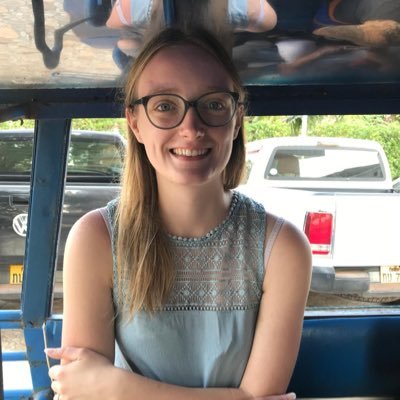
“My current role as Collections Assistant for the Moving a Mountain project, involves relocating the Sedgwick Museum’s collections that are currently in storage at the Atlas building to the new geological store in the Forbes building.
This means moving approximately 12,000 drawers of rock specimens, weighing around 150 tonnes in total! It’s a mammoth task, and there are all sorts of treasures in the collections. Many of them are of scientific importance, including the Harker Petrology collection, as well as those used for teaching and exams within the Earth Sciences Department.” Read more.
Helen Williams, Professor in Geochemistry
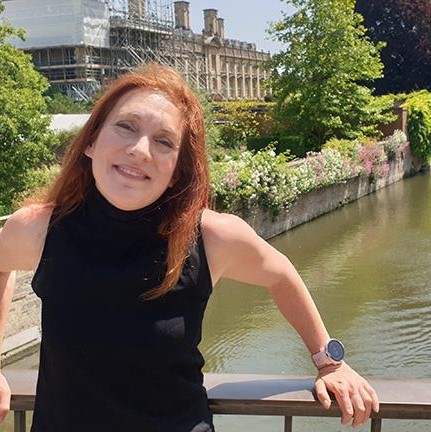
“Last year, I had some work published in Science Advances, reporting some of the first evidence for crystal remnants from the Earth’s early magma ocean in Greenland rocks. I’d had the thought when locating samples, ‘If I don’t find it here then I won’t find it anywhere…’
The moment I realised I’d finally found the evidence was amazing. I’m proud to say I’ve been awarded a European Research Council Advanced Grant to expand this work, using sensitive isotopic tools to travel far back in time to Earth’s first 500 million years.” Read more.
Lizzie Knight, PhD student in geophysics
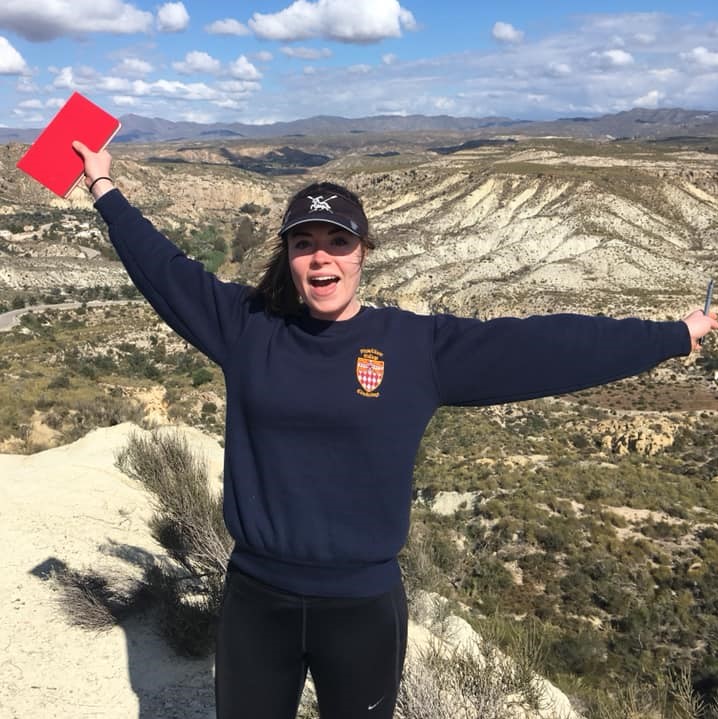
Lizzie studies the slow geological processes that cause earthquakes to suddenly strike and mountains to grow over millions of years. Her research in hazard-prone New Guinea, which experiences over a hundred earthquakes a year, uses seismic data and computer modelling to analyse how the Island’s mountains are growing. New Guinea’s highlands are relatively young, geologically speaking, so offer scientists trying to understand mountain building a rare snapshot of this process in action.
“Through looking at the New Guinea mountains, we can almost rewind the tape on the formation of much older ranges like the Himalayas, it’s just that we have to unravel these ancient processes through the lens of recent earthquakes, and other events on human timescales.” Read more.
Sandra Freshney, Archivist at the Sedgwick Museum
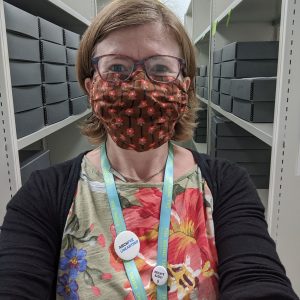
Sandra authored Women in the Archive, an online exhibition featuring documents and photos depicting the experiences of women studying geology at Cambridge’s Department of Earth Sciences from the 1880s until the end of the First World War.
“The collections are quite male dominated. The Sedgwick Club is particularly interesting though because the women are so present. We may not have interviews or explicit items, but you can see them in photos and ‘hear’ them through the meeting minutes, where they presented papers. Several sources give an insight into what it was like for the women.” Read more
Dorothea Moser, PhD student in climate science
Dorothea Moser is a PhD student in the Department of Earth Sciences and British Antarctic Survey investigating how melting impacts the integrity of ice core climate records.
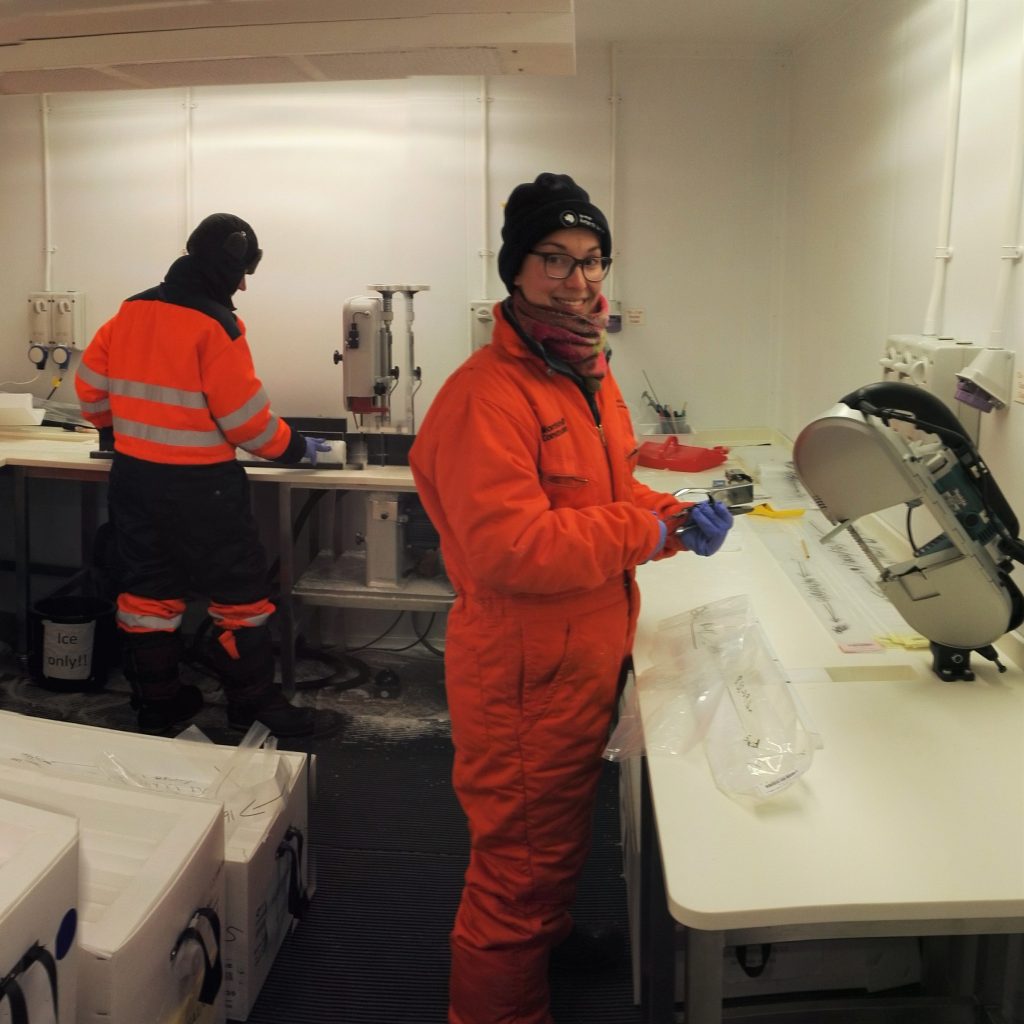
“Surface melt events are an increasing issue affecting Antarctica, so it is even more crucial to understand what melting does to ice on different scales. While it impacts the stability of ice shelves like the Larsen B on a large scale, it can also disrupt the chemical preservation of proxies we use to reconstruct past climate on a much finer resolution.”
In the first paper from her PhD Dorothea presents data from an Antarctic ice core which she first studied as a Masters student. “…I saw instantly that the core was different, melted and messy! This core actually gave me the impetus to set up this PhD in search of solutions to the problem.” Read more
Aisling O’Kane, PhD student in geophysics
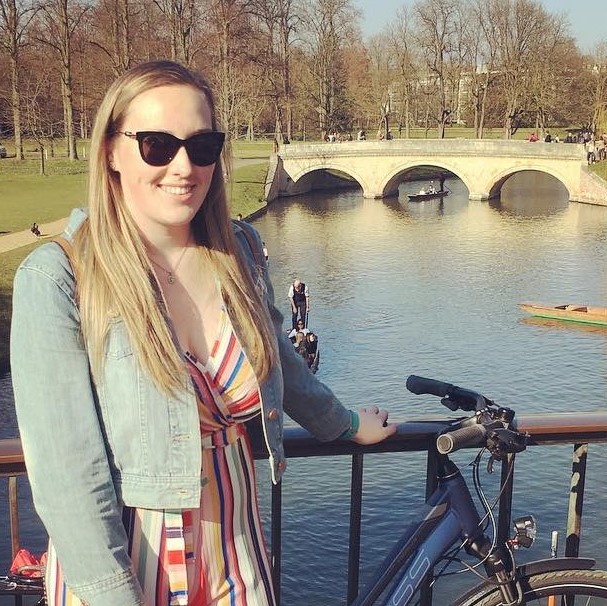
As part of her PhD, Aisling uses seismology, numerical modelling, structural geology and geomorphology to assess the active tectonics zones across the world. Following the destructive magnitude 7.0 earthquake and tsunami in the Aegean Sea of October 2020, Aisling was asked to join an international mission to improve the understanding of earthquake impacts, response and recovery. She was one of only two geologists selected for the mission, run by the Institution of Structural Engineers’ Earthquake Engineering Field Investigation Team (EEFIT).
“ I feel strongly that the earth sciences need to be accessible to a broader range of backgrounds and this project was one step closer to helping us connect more meaningfully with communities around the world.” Read more.


